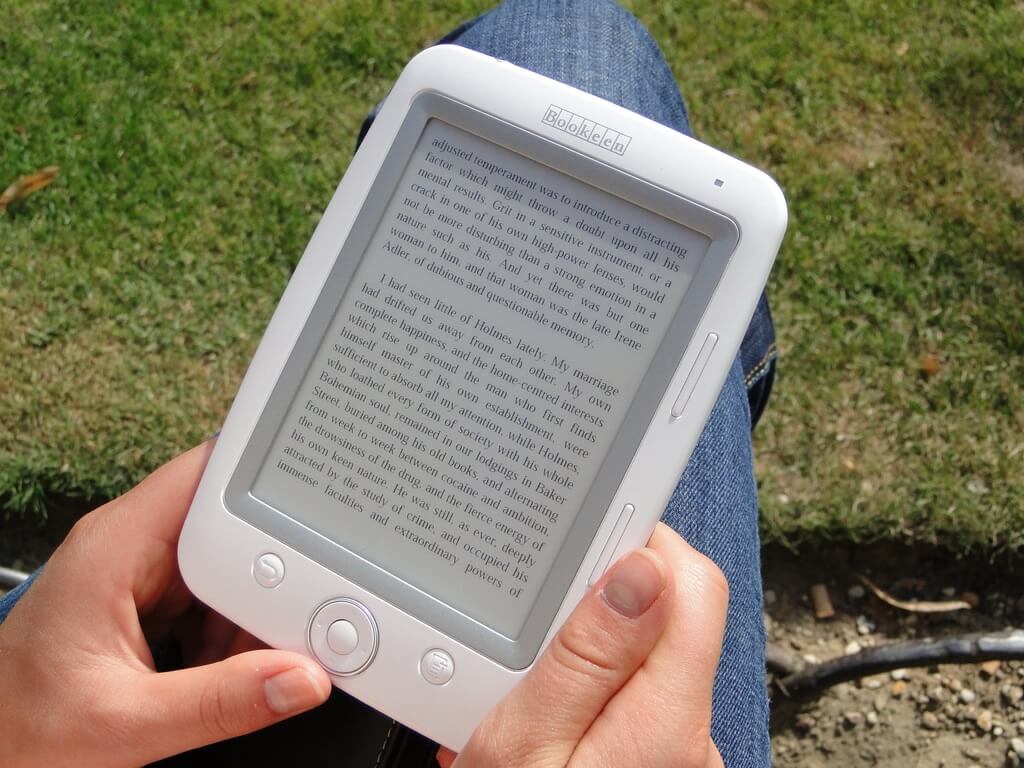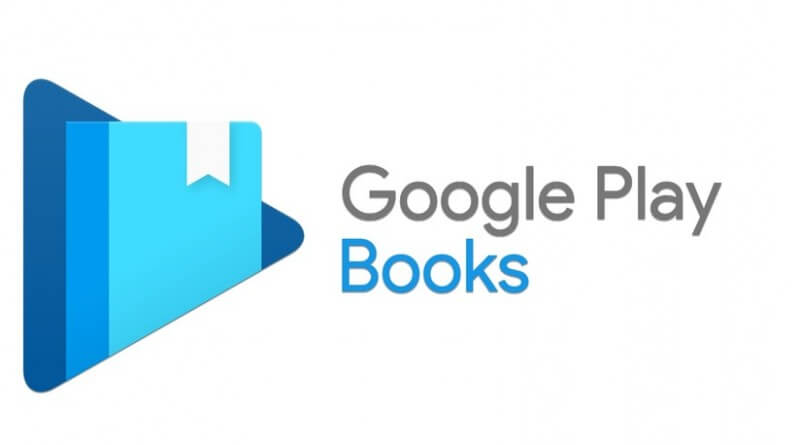
If you are a Gen X reader, you must have witnessed the transformation of books from paper to digital screens. The on-screen elements, along with flexible features, have made the latter preferable for some users.
Now, what do you think is the primary reason behind such changes? Technology, ofcourse. With the gradual use of display technologies like e-ink, readers can now get the authentic feel of printed ink on paper on their screens. Although E-Ink started off in monochrome shades, the industry has now colored e-readers for a more satisfactory reading experience.
Application of the E-Ink
If we consider the current applications of e-ink displays, the technology covers several domains, including books, transportation, the hotel industry, and more. The reason for such widespread application includes low power consumption, adaptability, and good readability in direct sunlight.
Moreover, as industries/companies understand the use of E-Ink, they are gradually adding it more to their products/services. For example, last year, Chinese electronic ink display company Beijing Dasung Tech Co Ltd thought of implementing e-ink screens into monitors, tablets, and smartphones. Eventually, they came up with Dasung Link, the world’s first phone e-ink monitor with a 6.7-inch display.
Future of the E-Ink Displays
E-ink displays may dominate many technologies in the future. For example, last year, there was a rumor that Apple is testing “E-ink’s colored Electronic Paper Displays” for their “future foldable device’s cover screen & tablet-like applications” (as per a post by Ming Chi Kuo). His post further read, “The color EPD has the potential to become a mainstream solution for foldable devices’ must-have cover/second screen thanks to its excellent power-saving.” If this happens, things are likely to be more progressive and interesting for smartphone users.
Additionally, e-ink displays are likely to dominate the educational industry too. As e-ink is already a part of assistive technologies like e-readers (which has been quite helpful for children with learning disabilities), one can expect more in the future. Perhaps, an advanced and better version of the technology may launch to give additional support to these children.
Besides that, e-ink displays are healthier than the LCD or OLED displays that children use, so parents can stay assured of much less stress on their child’s retinal cells than conventional screens. E-ink displays may further revolutionize the digital signage industry with more defined and versatile solutions for retailers. It can add a touch of sustainability to the products while leveraging other eco-friendly benefits associated with its energy efficiency characteristics.
Companies are also launching more versatile services like incredible e-ink enabled tarot card readers to get a glimpse of the future. So, there’s a likelihood of such innovative e-ink-related ideas after this.
Navkiran Dhaliwal is a seasoned content writer with 10+ years of experience. When she's not writing, she can be found cooking up a storm or spending time with her dog, Rain.

